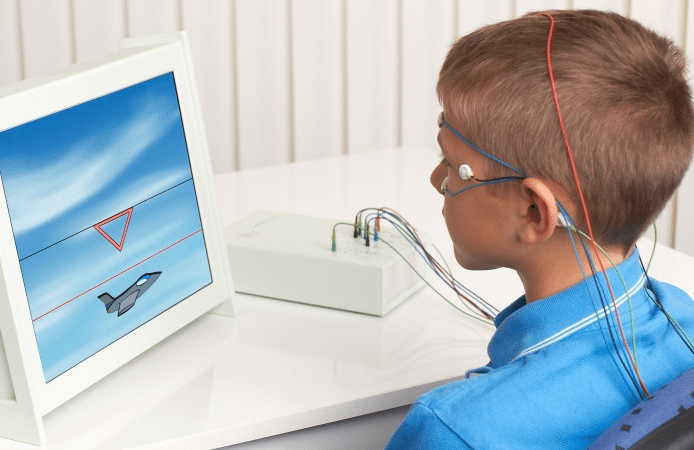qEEG works by applying small electrodes on the scalp to record brain activity. These electrodes measure neural signals produced by nerve cells, the units in the brain that interact with one another. The data collected is then analyzed and presented as a series of patterns. Each kind of brainwave—such as alpha, β, δ, and θ—corresponds to different psychological conditions and activities. For example, α waves are often linked with calmness, while beta waves are associated to engaged cognition and problem-solving. By examining these trends, healthcare providers can detect abnormalities that may indicate psychological health issues.

One of the significant advantages of qEEG is its capability to provide objective data. Unlike conventional evaluations that depend on personal reports from patients, qEEG provides a distinct view of brain function. This clarity can assist minimize prejudices in assessment and result to more accurate treatment plans. For instance, if a patient is facing stress, qEEG can show specific patterns of brain activity that are linked with anxiety conditions. This information enables psychological health news experts to customize interventions more effectively, whether through therapy, medication, or other treatments.
Additionally, qEEG can be especially useful in monitoring intervention advancement. By performing qEEG evaluations at various stages during treatment, healthcare providers can track changes in brain activity over time. This ongoing assessment assists ascertain whether a intervention is working or if adjustments are needed. For example, if a patient is not reacting to a specific treatment, qEEG may indicate that their neural function has not changed in a way that indicates progress. This feedback cycle can lead to more personalized and effective mental health care.
In conclusion, qEEG brain mapping is a powerful tool in the field of mental health assessment. By providing objective information about brain activity, it enhances the comprehension of various mental health conditions. This technique not only aids in accurate diagnosis but also helps in monitoring treatment success. As mental health professionals continue to investigate the potential of qEEG, it possesses promise for improving the well-being of people dealing with psychological health issues. With ongoing investigation and progress in techniques, the secrets of the mind may turn more apparent, leading to better outcomes for those in requirement of support.